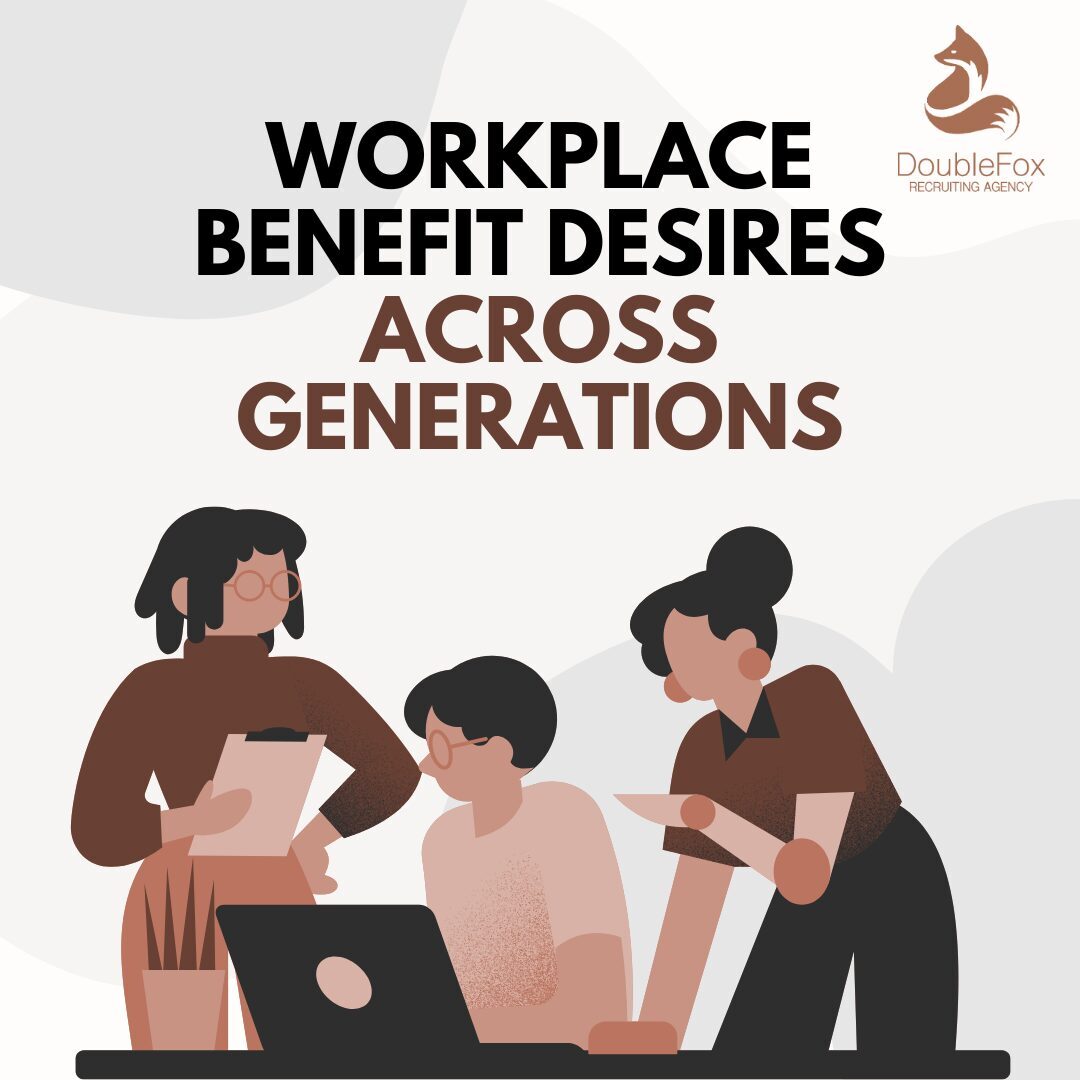WORKPLACE BENEFIT DESIRES ACROSS GENERATIONS
In today's dynamic workforce, catering to the diverse needs and expectations of employees across different generations has become a pivotal aspect of talent management. From baby boomers to Gen Z, each generation brings its own set of values, priorities, and preferences to the workplace, including what they desire in terms of benefits.
Understanding Generational Differences
Baby Boomers (Born 1946-1964): Baby boomers value stability, security, and traditional benefits such as health insurance, retirement plans, and paid time off. They appreciate recognition for their experience and loyalty to the company.
Generation X (Born 1965-1980): Gen Xers prioritize work-life balance and flexibility. They value benefits like flexible work schedules, remote work options, and wellness programs. They seek opportunities for professional development and advancement.
Millennials (Born 1981-1996): Millennials seek purpose, meaning, and personal growth in their careers. They value benefits that promote work-life integration, such as unlimited paid time off, parental leave, and opportunities for learning and development. They also appreciate perks like wellness stipends and student loan assistance.
Generation Z (Born 1997-2012): Gen Z employees value diversity, inclusion, and social responsibility. They seek benefits that support their holistic well-being, including mental health resources, financial wellness programs, and opportunities for community involvement. They also prioritize flexibility and technology-driven solutions.
Tailoring Benefits for Success
To create a comprehensive benefits package that resonates with employees across generations, employers should:
Conduct Surveys and Focus Groups: Gather feedback from employees to understand their needs and preferences regarding workplace benefits.
Offer Flexible Options: Provide a range of benefits that cater to different lifestyles and life stages, allowing employees to choose what works best for them.
Emphasize Communication: Clearly communicate the value of benefits offerings and how they align with employees' overall well-being and career goals.
Stay Agile and Adaptive: Continuously evaluate and update benefits offerings to reflect changing workforce demographics and evolving employee needs.
In conclusion, by recognizing and addressing the unique benefit desires of employees across generations, organizations can foster a more inclusive, engaged, and satisfied workforce. It's not about one-size-fits-all; it's about creating a workplace culture and benefits ecosystem that celebrates diversity and supports the diverse needs of employees at every stage of their career journey.

